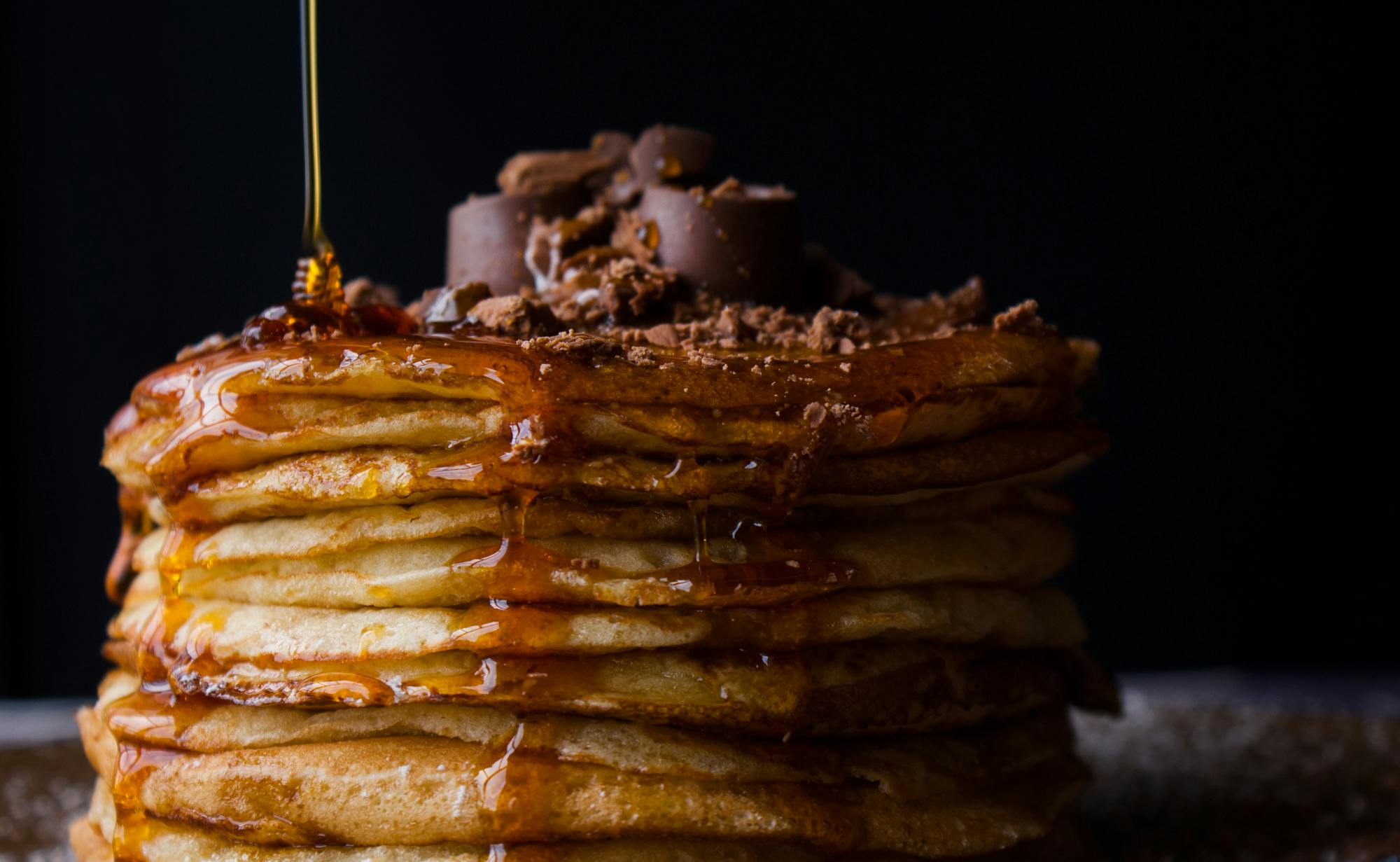Few foods are as universally loved as the humble pancake!
From towering stacks dripping with syrup to delicate crepes rolled with sugar and lemon, pancakes are a culinary canvas that transcends cultures and continents. But beyond their delicious simplicity lies a rich history, stretching back thousands of years, woven into the fabric of human civilisation.
The origins of pancakes are ancient, with evidence suggesting that some form of pancake existed as far back as prehistoric times. Early versions were likely simple mixtures of flour and water, cooked on hot stones – a practical and portable food for hunter-gatherers. Archaeologists have even discovered remnants of pancakes in the stomach of Ötzi the Iceman, a naturally mummified man from 3,300 BCE, making them one of humanity’s oldest known foods.
In Ancient Greece and Rome, pancakes began to take on more recognisable forms. Made with wheat flour, olive oil, honey, and curdled milk, they were a staple of breakfast and often flavoured with spices. These early pancakes were not only sustenance but also a treat, enjoyed during feasts and festivals.
By the Middle Ages, pancakes had gained a spiritual significance in Europe, particularly in connection with Shrove Tuesday, or Pancake Day. Shrove Tuesday – the day before the start of Lent – was traditionally a time for Christians to confess their sins and prepare for the 40-day period of fasting and penance. To use up rich ingredients like eggs, butter, and milk before the fast began, households would make pancakes.
This practical tradition turned into a festive one, and Pancake Day has remained a beloved celebration, especially in the United Kingdom, where pancake flipping races have become a hallmark of the occasion. In 2025, Shrove Tuesday fell on March 4.
As pancakes travelled the world, they adapted to local ingredients and tastes, giving rise to a variety of forms. In France, pancakes became thin and elegant crepes, filled with everything from savoury cheese and ham to sweet Nutella and bananas. In Russia, blini – yeasted pancakes – are often served with sour cream and caviar, a symbol of indulgence during Maslenitsa, the Russian equivalent of Shrove Tuesday. The Netherlands offers pannenkoeken, slightly thicker than crepes and served with an array of toppings, while Ethiopia’s injera is a sourdough flatbread pancake that doubles as a plate for communal meals.
In the Americas, pancakes evolved into the fluffy stacks we know today, thanks to the introduction of baking powder and buttermilk. Meanwhile, in Japan, okonomiyaki – a savoury pancake filled with cabbage, meat, and seafood – is a street food favourite.







Click here to change your cookie preferences